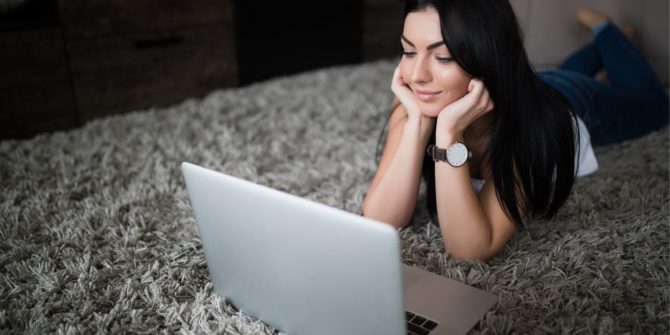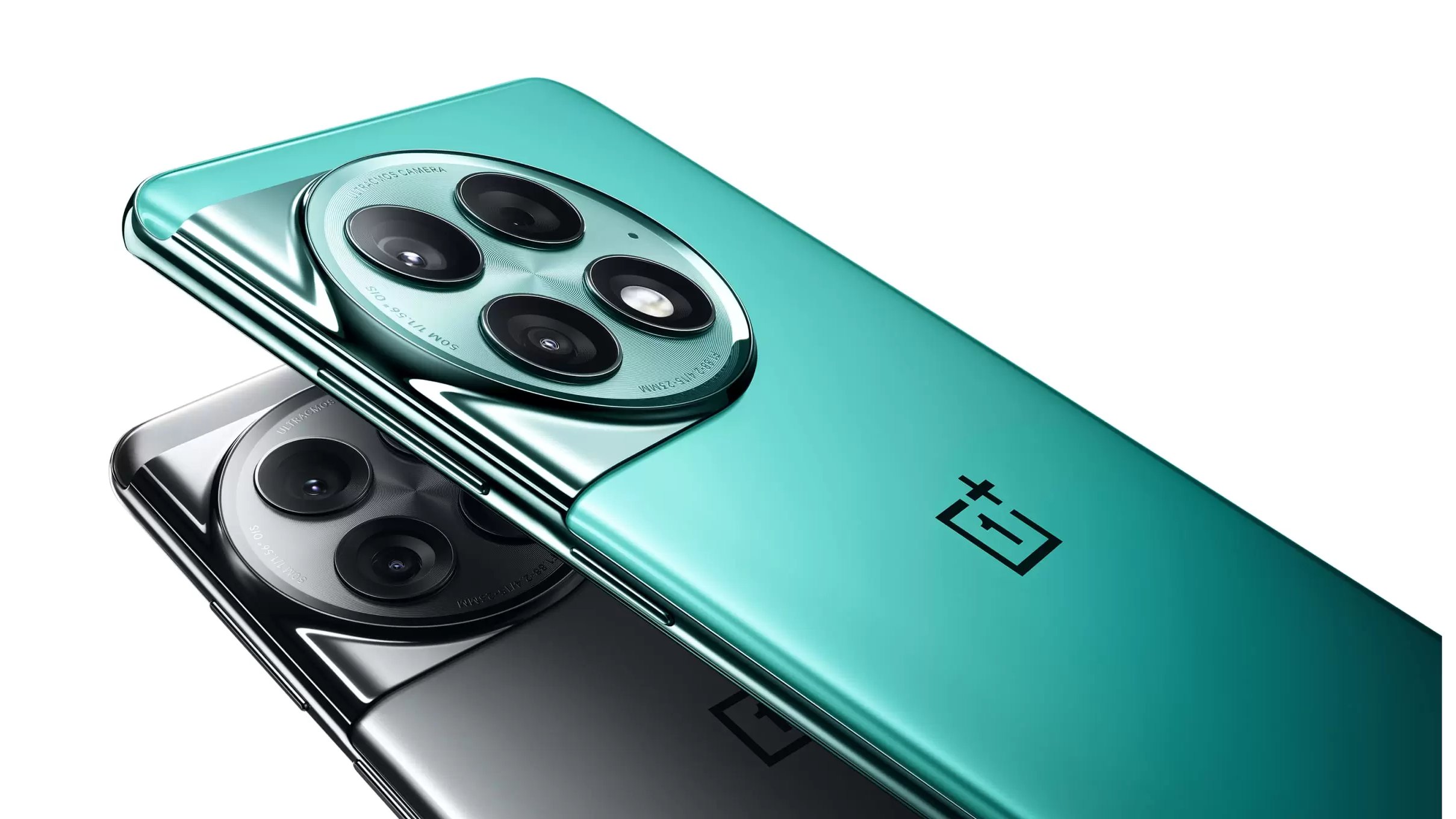By default, Android automatically has two shortcuts on the lock screen. One is for the camera while the other is for Google Assistant. However, with Xposed Framework installed we can add up to 6 additional lock screen shortcuts to applications we currently have installed.
Having shortcuts directly on the Lock Screen of our smartphone is an incredibly convenient feature. Google is well aware of this which is why we have two in the bottom corners by default on Android. Some OEMs will let us customize those but there are times when people want more.
For example, I may really like to use the Google Assistant and Camera Lock Screen shortcuts, but I could also benefit from additional shortcuts as well.
This is where Xposed Framework comes into play thanks to the GravityBox module. In it is an option simply called Shortcuts that lets us add as many as 6 different application shortcuts right on the Lock Screen of our device. I tested this feature and made the video embedded below on my Pixel 2 XL running Android 8.1 Oreo and it put those icons right below the date and date information. There’s even a couple of additional settings that we can configure to customize this even further.
As noted, this modification requires Xposed Framework to be installed, and then you need to have GravityBox installed afterwards.
Add Lock Screen Shortcuts
- Open the GravityBox application
- Tap on the Lockscreen Tweaks option
- Tap the Shortcuts option
- Then tap on any of the Application Slots to add a shortcut to the Lock Screen
- Choose up to six different applications and then you’re done
Explanation
If you followed along with the guide I wrote yesterday detailing how to customize the Lock Screen shortcuts, then this will likely be familiar to you. The process is essentially the same but instead of changing the default Lock Screen shortcuts, we’re adding new ones to it. So to start, fire up the GravityBox application and then tap on the Lockscreen Tweaks option. From here, you should see a section labeled Other and the first option in there is called Shortcuts.
Tap on that option and you’ll be taken to the page where we can begin adding application shortcuts to our Lock Screen. As mentioned, we can add up to 6 using this method so feel free fill this page up with shortcuts or to just add a few important ones. You do this by tapping on the Application Slot # option so that you can see the list of all the applications you have installed. Go through them and tap on the application you want to add and it will be slotted in that spot.

You can stop here if you’d like and be finished adding Lock Screen shortcuts if you’d like. However, you also have the option to tap the icon to the right of the Application Slot # option and then choose a custom icon for that application. This can be quite useful if you want all of your Lock Screen shortcuts to have the same theme/color. That is completely up to you though but I appreciate that the option is there. Also, there are a couple of checkboxes at the top for you to experiment with as well.
For example, if you don’t want to accidentally launch one of these shortcuts with a single tap, enable the Safe Launch option so that you’re required to double tap a Lock Screen shortcut icon before it launches. Under this, there’s a Show Badges option that you can enable if you like. If enabled, then you’ll see a badge on a particular Lock Screen shortcut icon if there are any notifications waiting for you. For instance, if you have Gmail there and you have 2 new emails waiting on you, then you’ll be shown that as a badge.
As with all of the mods for Android, just go in and have fun experimenting with this feature. If you end up not liking it then you can always go back into the GravityBox application and remove the icons that you have previously added.





